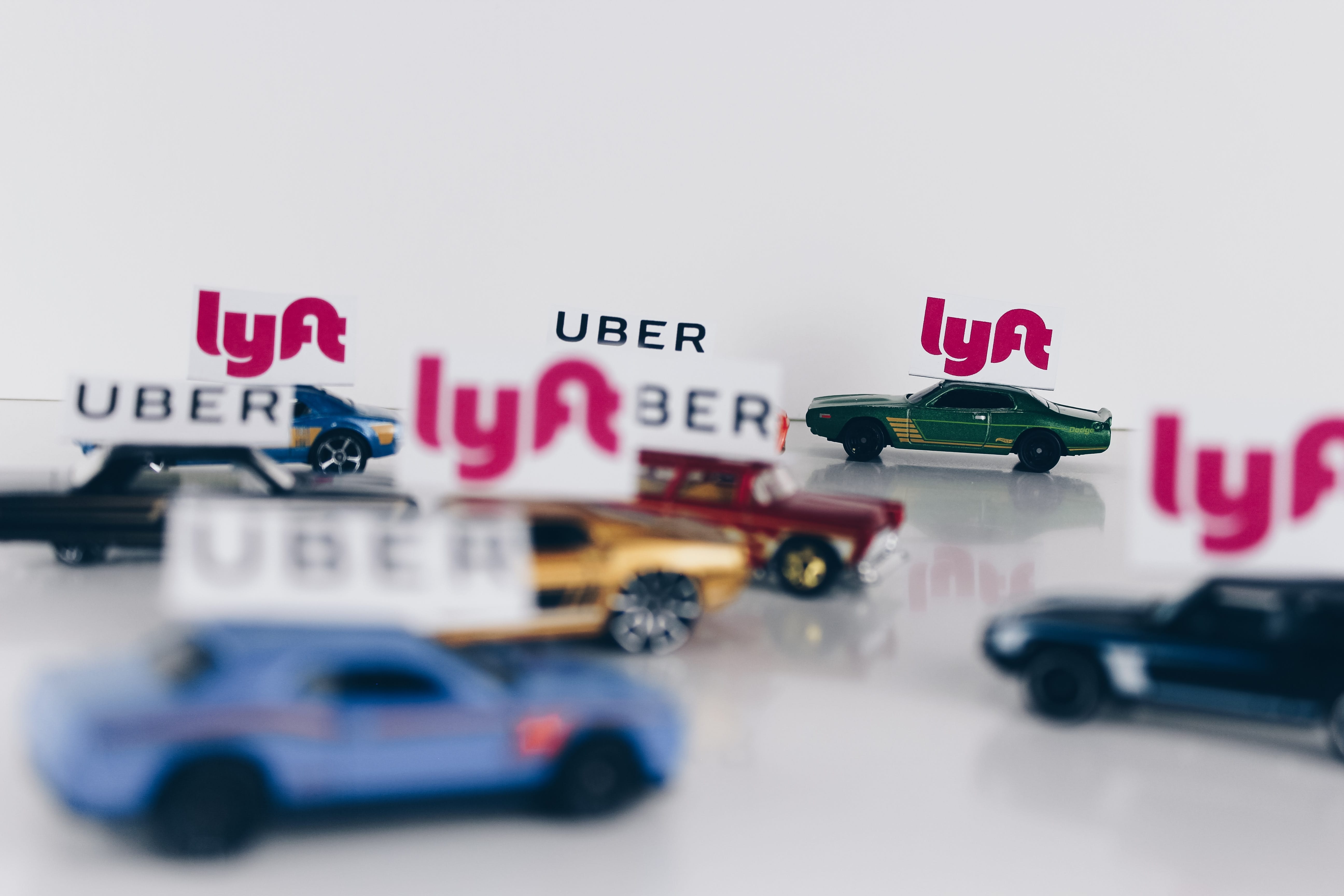Written by Kelsey Scott, account executive for PRSA Oregon
When the city council eliminated Uber and Lyft services in April of 2015, Eugene positioned itself as the largest city in Oregon that lacked a rideshare service. Before the initial ban, rideshare programs were incredibly popular in Eugene. With fast, affordable and smart service, ride-hailing quickly replaced the demand for taxis as users could easily access a ride with the click of a button.
Last week, city council assured Eugene and Springfield residents that they will soon be able to utilize Uber and Lyft services as city council has officially amended a new transportation code that invites ridesharing back to Lane County. However, the return date remains unclear; nevertheless, the long-awaited approval has generated significant buzz in local media and across a variety of social media platforms.


Above all, what does this ruling mean for University of Oregon students?
Here are a three reasons students should be drawn to ridesharing companies:
Cost-effective.
Often, college students operate on a limited budget. Rideshare programs are known to be more transparent about cost when compared to taxis as they have options for estimating the price of a trip even before a passenger gets into the car. Even better, these companies promote smartphone-accessible apps that offer organized receipts, making splitting the fare incredibly simple. Overall, many students are discouraged by the high prices and sheer lack of familiarity with the taxi services that are available in Eugene; therefore, rideshare programs act as an efficient way of increasing transportation options.


More convenient
Residents, students and visitors of Eugene and Springfield have voiced concern regarding the unreliable wait time of taxi services in the area. Unfortunately, for students, paying for a cab can be seen as an unnecessary hassle when traveling across campus. With fluctuating wait-times and high fares, it is almost easier to walk, which can pose a great danger, considering the spike in campus crime rates in recent months. Ride sharing services like Uber often run through an app on smart phones making it easier to call a ride at any time, see how long the wait is and how much the ride will cost. Overall, there is no better time for Uber and Lyft to become accessible to students.

Increased safety.
Another problematic factor involved with the taxi system is the level of anonymity that exists between the passenger and the driver. Ridesharing companies, like Uber and Lyft, remove anonymity as users are able to view the profile of the driver that will be picking them up. The passenger can view the appearance of his or her driver, the model of the drivers’ car, and skim through reviews the driver has received in the past. Even further, the ridesharing app allows riders to share their trip in real-time with friends or family, ensuring that the trip is traceable in case of an emergency. Students should be able to access transportation services that allow for quick rides to and from campus. Overall, the simplicity, accessibility and pure demand of ridesharing services in the Eugene-Springfield area make it a necessary addition to students’ experience on the University of Oregon campus.

